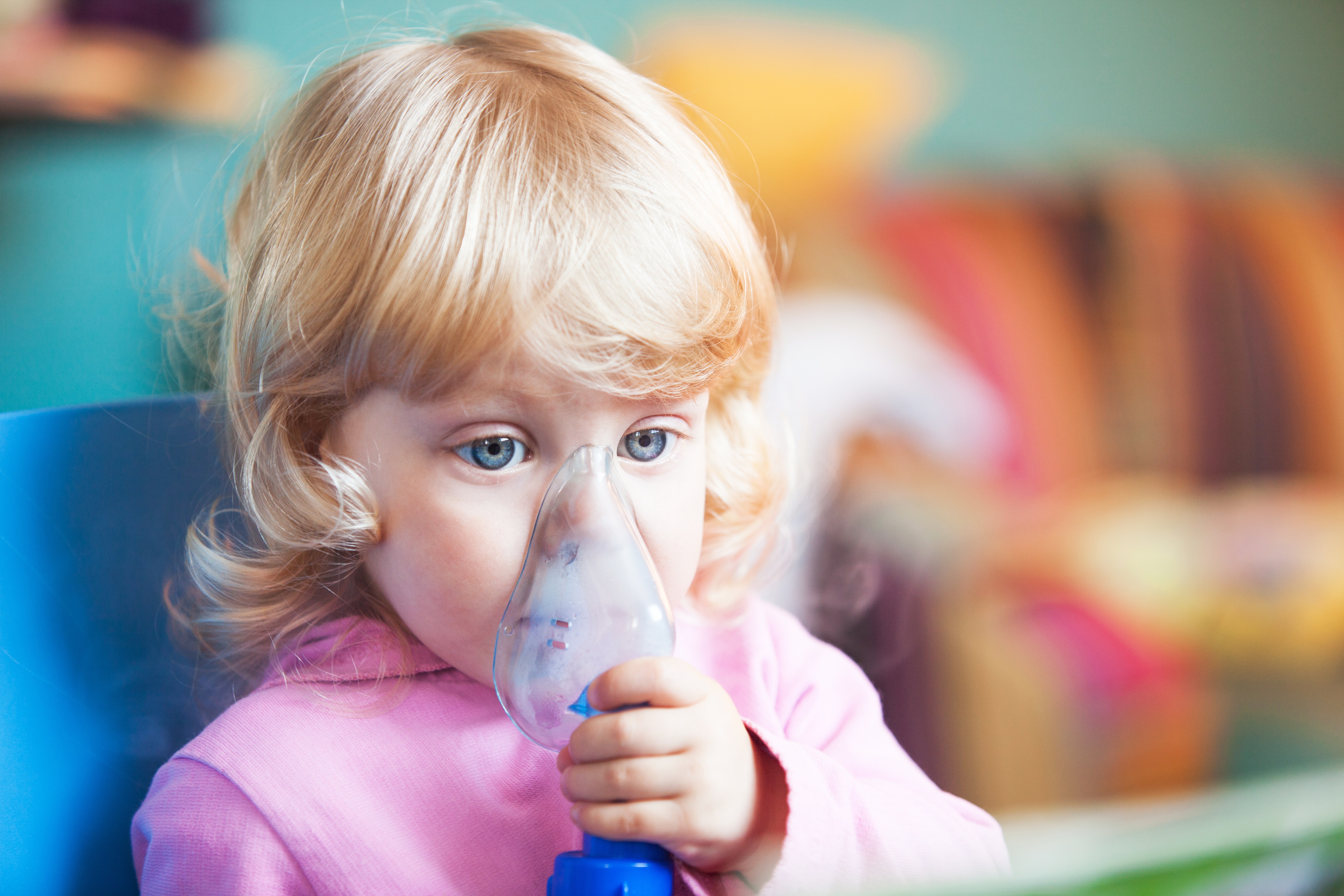 A recent study published in The Journal of Allergy and Clinical Immunology showed that certain pulmonary features, before and after bronchodilation, are different according to the gender of the child. The study is entitled “Sex-related differences in pulmonary physiologic outcome measures in a high-risk birth cohort.”
A recent study published in The Journal of Allergy and Clinical Immunology showed that certain pulmonary features, before and after bronchodilation, are different according to the gender of the child. The study is entitled “Sex-related differences in pulmonary physiologic outcome measures in a high-risk birth cohort.”
The Childhood Origins of Asthma (COAST) birth cohort study performed between November 1998 and May 2000 focused on determining the role of respiratory viruses and immune dysregulation in asthma development and other allergic diseases. A follow-up was made every year since birth for all the children (289 participants), and by the eleventh year, 217 of the children recruited at birth were still enrolled. One of the conclusions of the study was that gender influences breathless-related illnesses and asthma prevalence in childhood. The goal was to determine whether there is a link associated to gender between asthma and lung physiology, and for this purpose, a longitudinal analysis was conducted based on the COAST study.
The team performed several tests including spirometry (a test to measure lung function, used to diagnose respiratory conditions) and 3-He gas magnetic resonance imaging (3-He MRI; a high-resolution exam that provides information about lung ventilation). The results were assessed based on age, history of breathless events and asthma diagnosis.
[adrotate group=”3″]
Bronchodilators open the bronchial air passages by relaxing the muscles surrounding the bronchial tubes making it easier to breathe. Researchers found a higher ratio between prebronchodilator forced expiratory volume in 0.5 seconds (FEV0.5) and forced vital capacity (FVC) in girls between 5 and 11 years old in comparison with boys of similar age (mean difference, 0.017). In postbronchodilator testing, the results were more pronounced, with boys exhibiting a reduced FEV0.5/FVC than did girls of comparable age (mean difference, 0.032). In contrast, girls were found to have higher ventilation anomalies on 3-He MRI compared to boys.
“Our data showing higher postbronchodilation FEV0.5/FVC and FEV1/FVC in girls than in boys are consistent with the notion that boys may have narrower airways relative to lung volume, and are consistent with studies from multiple cohorts reporting higher FEV1/FVC in girls,” wrote the research team.
The team concluded that boys have lower airflow values, while girls are present with defects in 3-He MRI, suggesting that pre-pubertal girls may have a greater degree of subclinical air trapping, which refers to the abnormal retention of gas in the lungs during expiration, usually observed in patients with respiratory disorders. Future studies should address whether these differences are maintained or altered depending on asthma remission and based on age and gender.

